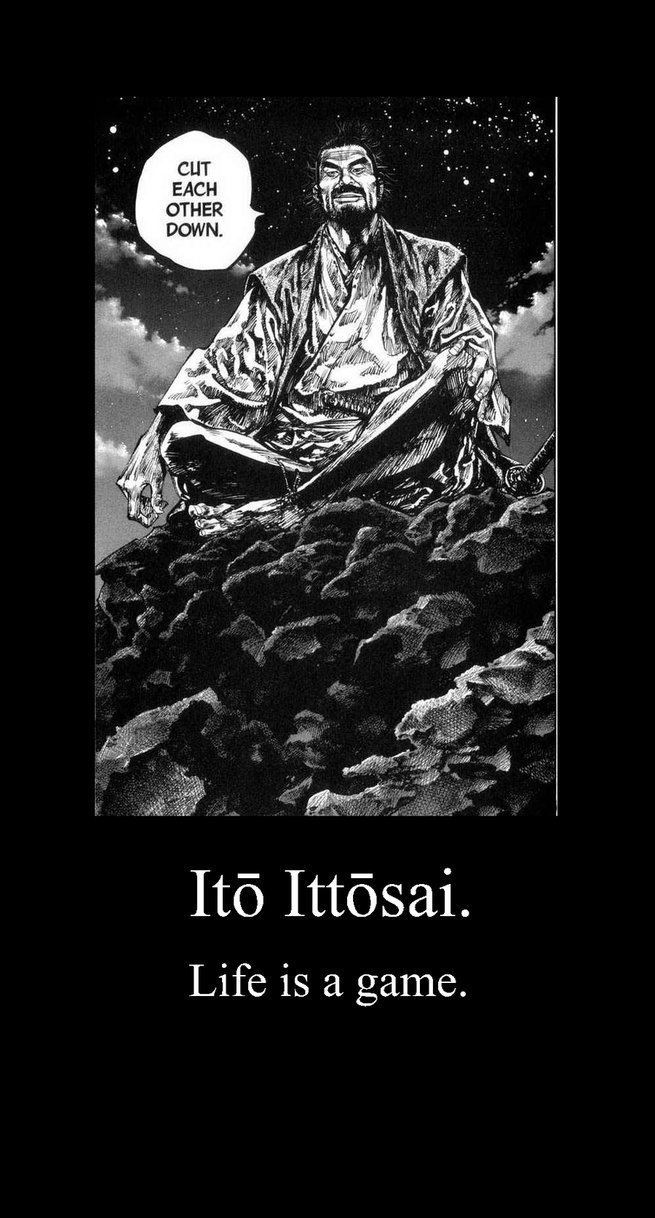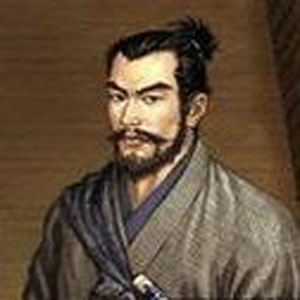Died 1653 | ||
 | ||
Similar Kanemaki Jisai, Yagyū Munetoshi, Kamiizumi Nobutsuna, Tsukahara Bokuden, Sasaki Kojirō | ||
Itō Ittōsai Kagehisa (伊東 一刀斎 景久, fl. 1560–1653) was a famous yet mysterious Japanese swordsman rumored never to have lost a duel. He is attributed as the founder of the Ittō-ryū ("one sword" or "one stroke") school of sword fighting.

Originally named Itō Yagorō, he at the age of fourteen found himself in a little seaside village called Izu. Legend tells that he floated across the Sagami Bay on a piece of driftwood from Ōshima Island, part of the Izu Islands. The trust of the local villagers was earned when Yagorō chased away a group of bandits that went around raiding and pillaging. As he desired to be a great swordsman, the villagers paid for Yagorō's travels in seeking out a master. On his journey, Yagorō reached Tsurugaoka Hachimangū Shinto shrine in Kamakura where he paid homage to the gods and practiced his swordsmanship. One particular day, an unknown assailant tried to attack Yagorō but he somehow unconsciously and without thinking drew his sword and cut him down in one swift stroke. Not understanding this technique, Yagorō would later describe it as Musōken (夢想剣), a fundamental aspect of his swordsmanship's philosophy. Musōken is either an offensive or defensive technique that is delivered spontaneously and without thinking, fully anticipating an opponent's movement; a type of extra-sensory perception similar to mushin.
In another predicament, Ittōsai developed Hosshato when engaging multiple enemies in his bedroom. He would later change his name to "Itō Ittōsai Kagehisa". It is said Ittōsai's style evolved from the Chūjō-ryū style of his master, Kanemaki Jisai. Among the many pupils that Ittōsai trained, one such was his successor, Ono Tadaaki, who would go on to serve Tokugawa. The Itō-ryū style is grounded for some in Zen influence due to Ono Tadaaki's contact with the famed Buddhist priest, Takuan Sōhō. This is a reasonable assumption since later Itō-ryū swordsmen advocated directness and simplicity in their technique of the "one stroke."
In order to become famous, it is said Itō Ittōsai fought 33 duels in a Musha Shugyō without losing even once which makes him second to Miyamoto Musashi's over 60 duels.
His main sword was a katana crafted by the Ichimonji school, heirs of the great Emperor Go-Toba's investment in swordmaking. This sword was the one Ittōsai used in his 33 duels, and was latter passed on to Grand Masters of the Ittō-ryū starting with the 4th one, Kamei Heiemon.
